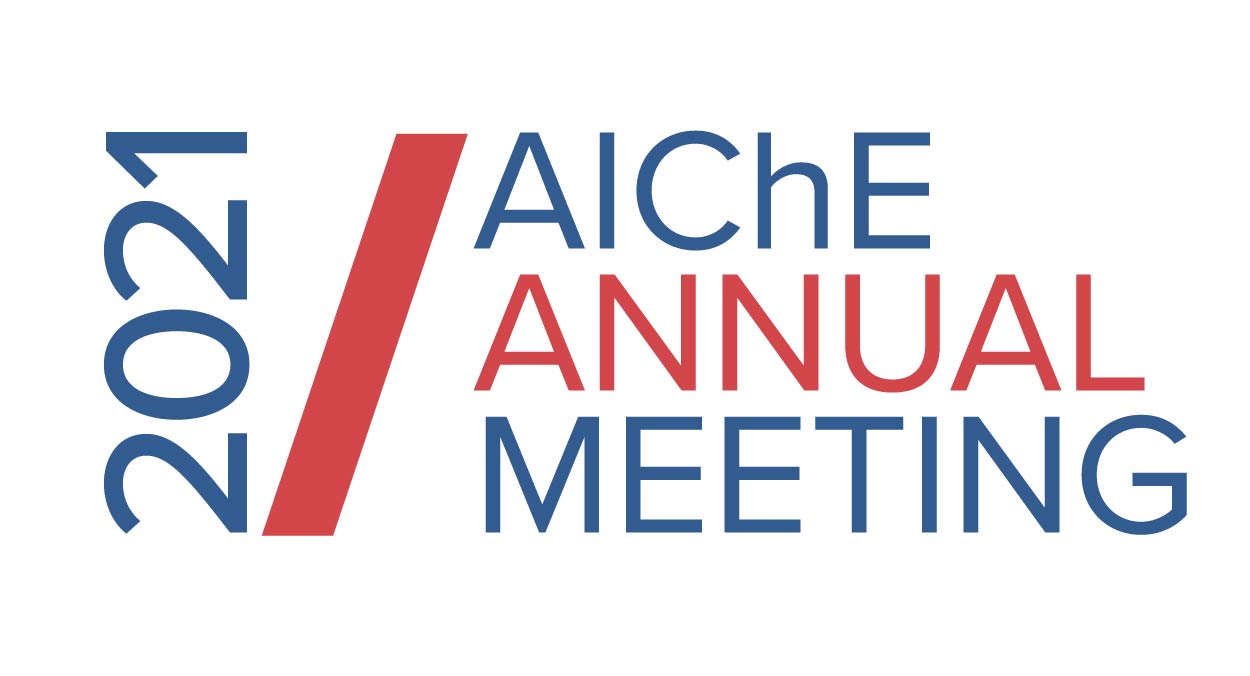

In this contribution, we detail the design and validation of a kinetic model for the synthesis of cephalexin and amoxicillin using PGA at high substrate and product concentrations. The effect of substrate inhibition by 7-aminodesacetoxycephalosporanic acid (7-ADCA) and 6-aminopenicillanic acid (6-APA) of product hydrolysis was accounted for by allowing for their binding prior to the formation of the acyl-enzyme complex. The model was trained using combined initial rate synthesis and hydrolysis reactions and time course synthesis reactions. The improved model was compared to a previously developed model using the Akaike information criterion to jointly account for the impact of increased model complexity with improving model fit. As expected, the overall effect of substrate inhibition was most significant at higher substrate and product concentrations, implicating that optimum process conditions may lie at higher substrate concentrations than previously estimated. The improved model may be combined with crystallization models to design reactive crystallization processes for the efficient production of cephalexin and amoxicillin.
